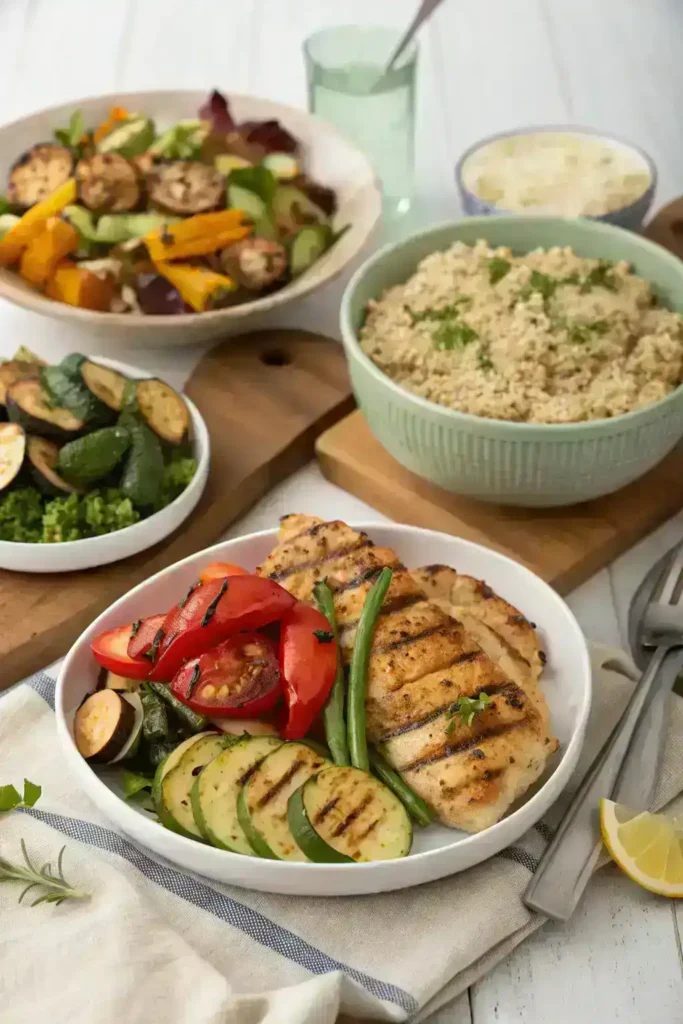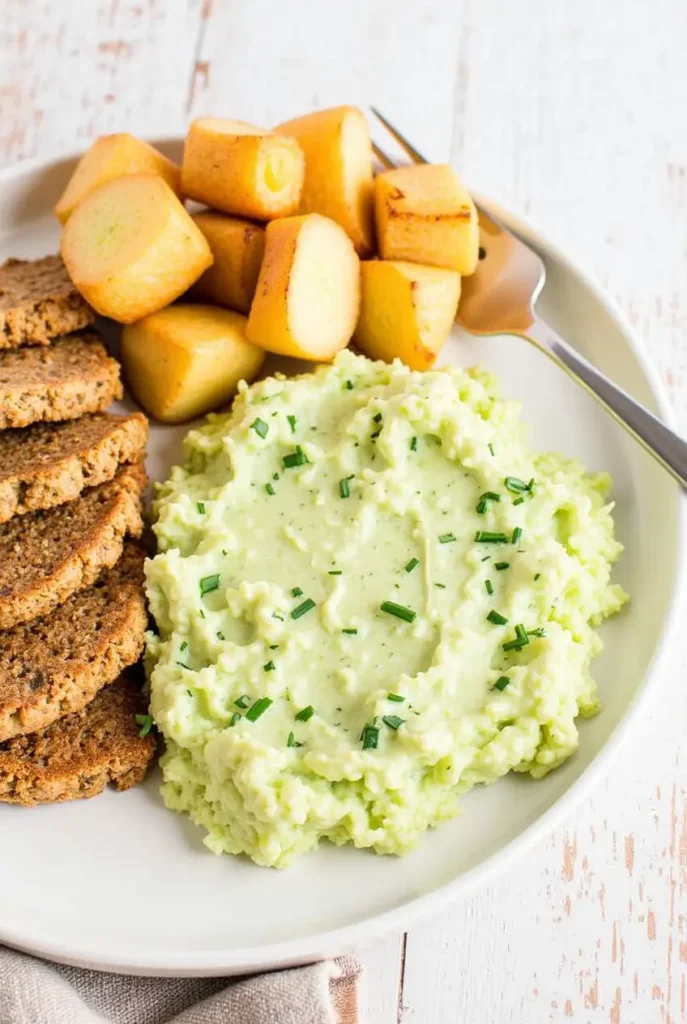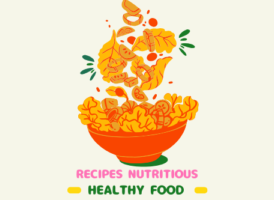Thai Basil Beef takes just 15 minutes to make. Buffalo Chicken Spaghetti Squash needs only 40 minutes. These quick recipes show how gluten-free dinners can work with your busy life. Making tasty meals doesn’t need to be complex or slow – whether you’re starting your gluten-free journey or want to try new recipes.
Most gluten-free dinner recipes take less than 30 minutes to prepare. Quick weeknight casseroles and protein-packed tacos are perfect examples. The options are endless now that gluten-free cooking has become accessible to more people. You can even enjoy breakfast dishes for dinner or comfort foods like our Cheesy Tater Tot Casserole that tastes just like a cheeseburger.
Let me share my chef-tested secrets to create quick and delicious gluten-free meals. This piece covers everything from setting up your kitchen to stocking essential ingredients. You’ll soon be making weeknight gluten-free dinners with complete confidence.
Table of Contents
Setting Up Your Gluten-Free Kitchen
“No one is born a great cook, one learns by doing.” — Julia Child, American cooking teacher, author, and television personality
A safe gluten-free kitchen begins with good organization and the right equipment. Let’s start by looking at the tools you need to keep your meals free from cross-contact with gluten-containing ingredients.
Essential tools and equipment
Your gluten-free kitchen needs dedicated cooking tools. Stainless steel and glass utensils work best since they clean up easily. You’ll also need to replace several items if they were used with gluten-containing foods:
- Non-stick pans and cast iron skillets
- Wooden utensils and cutting boards
- Colanders and flour sifters
- Waffle irons and toasters
Safe storage solutions
You can prevent accidental exposure to gluten with proper storage. Store gluten-free items on top shelves to avoid crumbs falling from above. Airtight containers help maintain freshness and prevent cross-contact. A label maker becomes your best friend – use it to mark all gluten-free ingredients clearly.
Cross-contamination prevention
Even tiny amounts of gluten can trigger reactions, making cross-contact a serious risk. These safety measures will help protect your food:
- Designate separate preparation areas for gluten-free cooking
- Use different sponges and dishcloths for gluten-free items
- Clean counters before food preparation
- Keep condiments in squeeze bottles instead of jars to prevent double-dipping
Shared households should have duplicate items marked specifically for gluten-free use. Flour can stay airborne for 12-24 hours, so wait a day before using areas where regular flour was handled.
Save gluten-containing items for last when washing dishes to prevent cross-contact through dishwater. Separate cutting boards and parchment paper or foil barriers help when sharing cooking surfaces.
Opened gluten-free products last longer in the refrigerator. Use most items within 2-3 days after opening. These guidelines will help you create a safe space to prepare gluten-free dinners without contamination concerns.
Mastering Gluten Free Dinners Ingredients
Success at gluten-free cooking depends on choosing the right ingredients. Traditional wheat flour might be off limits, but you have many exciting options to create easy gluten-free dinners.
Understanding flour alternatives
Selecting the right flour substitutes is key to gluten-free cooking. Sweet rice flour makes an excellent base for many recipes because of its neutral flavor and fine texture. Almond flour’s richness and moisture make it perfect for breading and coating.
Buckwheat flour works great in savory dishes, and despite its name, it has no gluten. Oat flour gives a creamy, earthy flavor that makes quick meals taste better. Just make sure your oats are certified gluten-free to avoid cross-contamination.
You’ll get the best results by mixing different flours to get the texture you want. Rice flour mixed with tapioca or potato starch usually works best. Each flour substitute brings something special to your cooking:
- Coconut flour: Highly absorbent, so you need less in recipes
- Teff flour: Rich in calcium, ideal for hearty dishes
- Sorghum flour: Feels like wheat flour when you cook with it
Must-have pantry staples
Your pantry needs more than just flours to whip up quick gluten-free meals. Certified gluten-free broths and stocks should be your starting point.
Stock up on beans, lentils, and split peas for protein-rich meals. These ingredients are naturally gluten-free, but certified versions help avoid processing contamination.
Keep tamari or gluten-free soy sauce, vinegar (except malt vinegar), and pure spices in your kitchen. Squeeze bottles work best to prevent cross-contamination from double-dipping.
Your baking shelf should include xanthan gum to bind ingredients together. Cornstarch or arrowroot powder will help thicken sauces and gravies. Check expiration dates often and give ingredients a sniff test to make sure they haven’t gone bad.
Quick Weeknight Dinner Basics

Learning to make quick and easy gluten-free dinners depends on mastering smart cooking techniques. Smart strategies help you prepare nutritious meals without spending endless hours in the kitchen.
15-minute protein preparations
Quick proteins are the foundations of fast gluten-free meals. Ground turkey sausage mixed with vegetables creates a protein-rich meal in just 10 minutes. Shrimp works great especially when you have limited time – a quick sear with garlic butter sauce gives you a delicious entrée in under 15 minutes.
The quickest way to save time involves pre-cooking proteins such as chicken breasts or grilled salmon. You can slice these and add them to dishes of all types throughout the week. Tofu offers another quick option – broil it with amino acids and sesame oil for 10 minutes to get a crispy exterior.
Simple side dish techniques
Smart preparation methods streamline your side dishes. Steam broccoli until bright green and toss it with toasted sesame oil for a quick side. Riced cauliflower takes just minutes in the microwave and serves as a great low-carb base for curries and stir-fries.
Chickpea pancakes are a heartier option that comes together quick with simple pantry ingredients. Mix chickpea flour with water and seasonings, then pan-fry each side for 3-4 minutes.
One-pan meal methods
One-pan cooking creates maximum flavor with minimal cleanup. A sheet pan of chicken with rosemary and vegetables needs just 10 minutes of prep time. Curry salmon with cauliflower rice comes together in a single skillet within 12 minutes.
Mediterranean chickpea stew works great as a vegetarian option – red onions, garlic, and spices blend with crushed tomatoes and spinach in under 20 minutes. These one-pan dishes taste even better as leftovers, making them perfect for meal prep.
Keep gluten-free broths and certified spices handy as they are the foundations of quick cooking. With proper planning and these smart techniques, making easy gluten-free dinners becomes natural.
Building Your Recipe Collection
“I feel a recipe is only a theme which an intelligent cook can play each time with a variation.” — Madam Benoit, Canadian chef and television personality
Your gluten-free recipe collection can expand with countless possibilities to create delicious meals. Let’s look at versatile options that make weeknight cooking easy.
Pasta alternatives
Brown rice pasta works as an excellent substitute and matches the texture of traditional wheat pasta. People who want protein-rich options will find chickpea pasta delivers about 13 grams of protein and 7 grams of fiber per two-ounce serving. The blend of corn and rice in quinoa pasta provides all nine essential amino acids with a pleasant nutty flavor.
Easy stir-fry dishes
Stir-fries make quick, customizable meals that work great on busy evenings. A simple gluten-free stir-fry sauce combines tamari sauce, dark brown sugar, wine vinegar, and sweet chili sauce. Chicken thighs cook in 5-7 minutes, while shrimp needs just 3-4 minutes. Baby corn, red peppers, and broccoli stay crunchy when you cook them for about 5 minutes.
Sheet pan dinners
Sheet pan meals make cooking and cleanup a breeze. You can make honey mustard chicken with vegetables in 30 minutes on a single pan. Seafood fans will love chipotle-lime shrimp that bakes with asparagus in under 50 minutes. The food cooks evenly when you arrange ingredients in one layer and rotate the pan halfway through.

Slow cooker meals
Slow cookers are a great way to get hands-off meal preparation. A hearty chicken casserole with smoky bacon bits and tender carrots develops rich flavors as it cooks. The chickpea and potato curry gives you a satisfying vegetarian option that’s budget-friendly and flavorful. Turkey meatballs in curry sauce make an excellent meal you can freeze.
Batch cooking these recipes helps you save time. You can portion and freeze most sheet pan and slow cooker meals for up to 2-3 months. Slow cookers use about 16p worth of electricity per day compared to 87p for an electric cooker, which saves both time and money.
Conclusion
Many people find gluten-free cooking intimidating at first. The right tools, ingredients, and techniques can help anyone create delicious meals without stress. My experience shows that a well-organized kitchen, smart ingredient selection, and the quickest ways to cook make gluten-free dining enjoyable and straightforward.
Simple recipes help build your confidence naturally. Sheet pan dinners and slow cooker meals make great starting points. Stir-fries and pasta alternatives can add variety to your weekly menu. These approaches save time while preserving flavor and nutritional value.
Your family’s safety should be the top priority when cooking. Using dedicated tools, storing ingredients properly, and preventing cross-contamination ensures truly gluten-free meals. The right ingredients combined with tested techniques lead to consistent success.
Want to discover more gluten-free options? Check out recipesnutritious.com for meal ideas that match your dietary needs and schedule. Practice and these essential guidelines will make gluten-free cooking feel natural, and you’ll discover a world of delicious possibilities in your kitchen.
FAQs
Q1. What are some quick and easy gluten-free dinner options for beginners? Some quick and easy gluten-free dinner options include 15-minute protein preparations like seared shrimp with garlic butter sauce, one-pan meals such as sheet pan chicken with rosemary and vegetables, and simple stir-fries using gluten-free sauces and protein alternatives.
Q2. How can I prevent cross-contamination in my gluten-free kitchen? To prevent cross-contamination, use separate cooking utensils and cutting boards for gluten-free foods, clean surfaces thoroughly before preparation, store gluten-free items on top shelves, and use squeeze bottles for condiments to avoid double-dipping.
Q3. What are some good alternatives to wheat flour for gluten-free cooking? Good alternatives to wheat flour include sweet rice flour, almond flour, buckwheat flour, and oat flour (certified gluten-free). Combining different flours, such as rice flour with tapioca or potato starch, often yields the best results in gluten-free recipes.
Q4. Are there any time-saving techniques for preparing gluten-free meals? Yes, time-saving techniques include pre-cooking proteins for use throughout the week, utilizing one-pan cooking methods, preparing sheet pan dinners, and using a slow cooker for hands-off meal preparation. These methods can significantly reduce cooking and cleanup time.
Q5. What are some essential pantry staples for gluten-free cooking? Essential pantry staples for gluten-free cooking include certified gluten-free broths and stocks, various beans and lentils, tamari or gluten-free soy sauce, pure spices, xanthan gum for baking, and cornstarch or arrowroot powder for thickening sauces and gravies.

